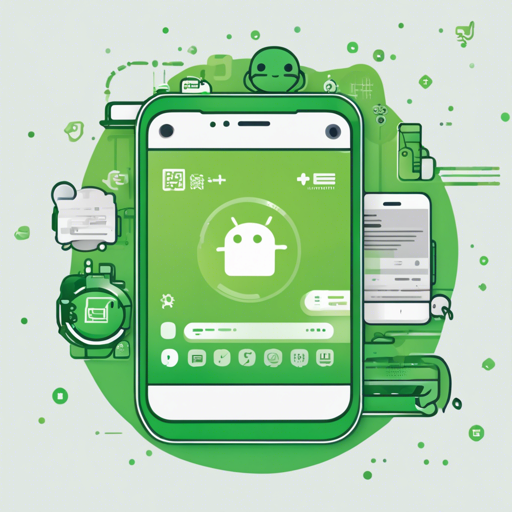If you’re looking to create your own WeChat bot using Python, you’ve come to the right place! This guide will walk you through the essentials of setting up the Everyday WeChat Bot, leveraging the power of the Itchat library.
Prerequisites
- Python 3.5 or higher
- An account on WeChat
- Basic understanding of Python
Step-by-Step Setup
Follow these steps to set up your Everyday WeChat bot:
1. Clone the Repository
Start by cloning the Everyday WeChat repository to your local environment.
git clone https://github.com/sfyc23/EverydayWechat.git2. Install Required Packages
Using pip, install the required libraries by running:
pip3 install -r requirements.txt3. Modify the Configuration File
Edit the config.yaml file as per your requirements. This file is crucial as it contains all settings related to your bot.
Inside this file, you can adjust parameters, such as:
- is_auto_relay: Set to True for automatic replies.
- API keys for various integrations like Turing API and AI services.
Starting the Bot
Once your configuration is in place, start your bot using the following command:
python run.py _config.yamlUnderstanding the Code
Think of your Everyday WeChat bot like a restaurant. The recipes (code) define how dishes (responses) are created. Just like a chef needs to follow the recipe accurately, your bot needs to follow the code provided to deliver the correct information and responses to users.
Let’s break down some key aspects:
- Configuration File: This is where you define your ‘menu,’ specifying how your bot interacts with users.
- API Integrations: Just like sourcing quality ingredients, incorporating API keys ensures your bot has the tools to serve requests, like weather updates or jokes.
- Auto Replies: This feature acts as your waitstaff, automatically responding to customers based on their orders (messages) even when the chef (you) is busy.
Troubleshooting
If you encounter issues during your setup, here are some troubleshooting tips you can try:
- Double-check your Python and Itchat versions to ensure compatibility. You need Python 3.5+ and Itchat 1.3.10.
- Make sure your config.yaml file is correctly formatted. Any errors in indentation could cause issues.
- If the bot doesn’t run, check for any error messages in the terminal. These messages often provide clues as to what went wrong.
- Refer to issues raised by users on the GitHub Issues page for additional support.
For more insights, updates, or to collaborate on AI development projects, stay connected with fxis.ai.
Conclusion
At fxis.ai, we believe that such advancements are crucial for the future of AI, as they enable more comprehensive and effective solutions. Our team is continually exploring new methodologies to push the envelope in artificial intelligence, ensuring that our clients benefit from the latest technological innovations.
Happy Coding!
Enjoy building your Everyday WeChat bot and make your interactions on WeChat more fun and engaging!

